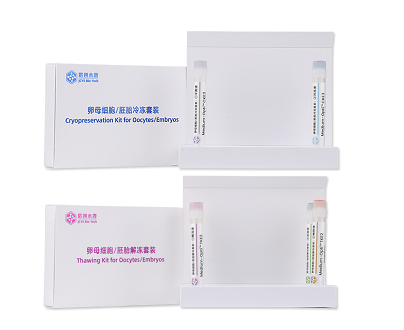Do you need to preheat the cell cryopreservative?
Date:2024-06-11 14:11:22
Views:0
Cell cryopreservation solutions do not need to be preheated. Here are some key points about the use of cell cryopreservation fluids:
Product description: Cell cryopreservation fluid, such as ClecellTM, is a ready-to-use liquid consisting of a specific formula that contains 10% DMSO, no serum and no animal components. Its main purpose is to provide an effective protective environment for cells at ultra-low temperatures (-80°C to -196°C). Steps of use: During the cell freezing process, the cell suspension is dispensed into cryopreservation tubes or bags and resuspended using the cryopreservation solution. This step is performed at room temperature or at 2 to 8°C, but not more than 10 minutes. Subsequently, the cell suspension is programmed to cool down to -80°C (a programmed cooler is recommended, or overnight if a cool-down box is used). If the cells need to be stored for a long period of time, they are transferred into liquid nitrogen. Pre-warming requirements: the need for pre-warming is mainly related to the cell resuscitation process.

During cell resuscitation, in order to maintain the activity of the cells, it is necessary to preheat the culture to the appropriate temperature (e.g. 37°C), but the cryopreservation solution itself does not need to be preheated during the freezing process. Note: Cell freezing is about “slow freezing”, i.e., the cooling process should be carried out gradually to avoid damage to the cells caused by too rapid cooling. The cryopreservation solution should be prepared and used now to ensure that it is safe. Since cells exposed to DMSO for a long time may affect their viability, cells stored at -80℃ for a long time should be transferred to liquid nitrogen in time.
To summarize, cell cryopreservation solution does not need to be preheated during the freezing process.




